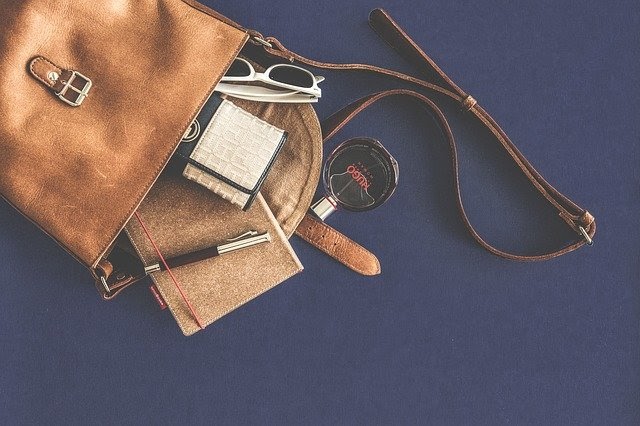An Authentic product is the real thing, sold by brand owners, distributors and other authorized entities. Counterfeit goods, on the other hand, may look identical to the real thing, but they are often made from lower-quality materials and are different in some other way that may not be distinguishable by the untrained eye.
For consumers, there has always been the concern of buying counterfeit goods online, and it is a serious problem that affects just about any industry as most have to deal with some type of copying of authentic product.
When counterfeiters sell products that resemble the original, but at a lower price, the maker of the authentic goods is the one that loses out on profits and also potentially damages the reputation of the brand.
In addition to the loss of revenue because of counterfeit goods, companies also risk losing loyal customers through no fault of their own. This vicious cycle plays out in just about every major brand that does business anywhere in the world.
Luckily, there are a variety of ways to discern the real from the inauthentic, and those tips will be provided here that can assist brands and consumers in protecting their respective bottom lines.
The Risks of Counterfeits
Of course, legitimate brands are always concerned with how counterfeit products affect their bottom line. Many regularly scour physical locations and online counterfeits to protect their products and investments.
There are many common reasons why consumers purchase counterfeits, with many not as apparent as some people may think. They include:
- Social motivation
- Personal gratification
- Perception
- Value
- Brand loyalty
- Ethics
In short, societal influence and value for money have been identified as two of the primary reasons motivating consumers to purchase fake products based on reports covering the issue.
With counterfeit products being listed for less than the actual real products, companies have much at stake, so steps have been put into place to curb the practice. When there is a lack of clear authentication for consumers, there is more of a likelihood for consumers to suffer from adverse reactions, up to and including rashes, eye infections, acne, and other maladies.
In other industries, there is the risk of even more serious threats to health, with another underlying issue being that employment rates are compromised as products are copied and then distributed illegally. This type of impact affects workers around the globe and is one of the most pressing issues related to counterfeit goods.
Spotting Fake Products
There are a number of tips to help determine if goods are real or inauthentic when shopping online. Luxury brand authentic products are typically targeted more than any other sector in fashion because people want access to their exclusivity. As a result, they have had to be more vigilant in protecting their products and ensuring that their brands retain their relevance and respect from long-time consumers.
For example, a progressive glasses comparison can be used fairly quickly to determine the real from the fake knock-offs. Here are some of the telltale signs:
Go through these telltale signs that can help you identify an original from a counterfeit, and make sure you are not taken for a ride.
Unreal Discounts
if it seems too good to be true, it probably is.
Flimsy Packaging
No real company usually relies on inadequate packaging for their product.
Grammatical and Spelling Mistakes
Authentic companies painstakingly curate for errors such as these.
Fake Websites
Real companies have stable sites that have been verified.
Poor Quality
Always check for top-notch materials to be certain of authenticity.
No Contact Details
Real companies have contact details to maintain relationships with their client base.
Solving the Authentic Product Problem
Counterfeit products will always be a problem, but there are measures that have been implemented to curb it and make it more difficult for fake brands to profit off the backs of true retailers.
In the past, there were fewer and slower ways to detect counterfeit products and get justice from those who attempted to steal from real businesses. Those days are not over completely, but the tide has shifted, and there are easier ways to detect the real from the fake goods.
As technology continues to advance, there will be more opportunities to find the frauds, but there are still the basics that can be utilized to tell if an item is fake or the real thing.

